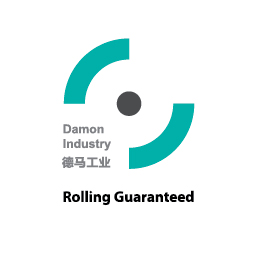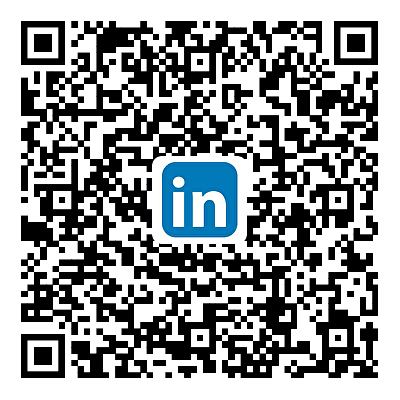English
中文
English
Europe
Welcome to Damon Industry Website
Hello, everyone, I'm Yong Jun, welcome to my institute.
There are many dry goods about roller applications here, which are interesting and informative. Remember to follow me!
Today, we are going to study the application of the " timing belt drive roller".
Why do you need it? And what should we pay attention to? Let's find out.
[Application Analysis]
Regarding this specific "belt drive", the timing belt drive has the following advantages compared with the O-belt drive and multi-V belt drive.
•Slip-free timing transmission, suitable for sections with precise positioning requirements;
•Suitable for harsh use environments such as clean rooms;
• Water resistant (no skidding), with the ability to work in certain harsh environments
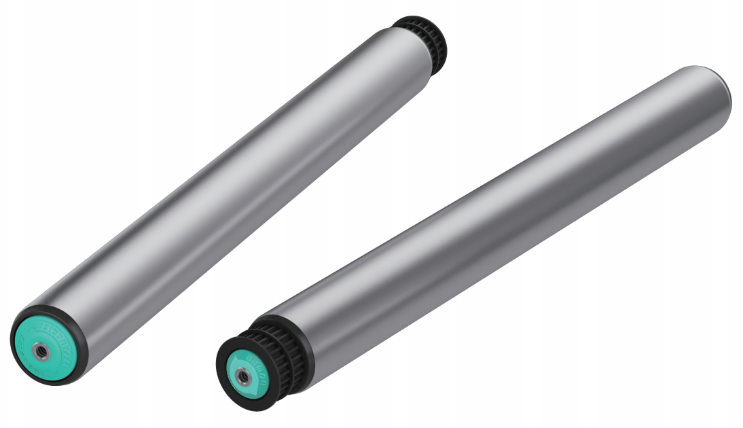
However, unlike multi-V belts or O-belts, where the belt itself has a certain elasticity (meaning that the center distance of the rollers to which the belt is adapted is a range, for example, the center distance corresponding to PJ286 is 73~75mm), while the timing belt has no elasticity. Therefore, the center distance of the timing belt pulley roller arrangement has a relatively strict limit.
What's more, there are many types of timing belts on the market, the common ones are T5, 5M, 8M, S8M, etc., which lead to different tooth shapes of the timing belt pulleys, not to mention the change of teeth numbers will also have an impact on the center distance.
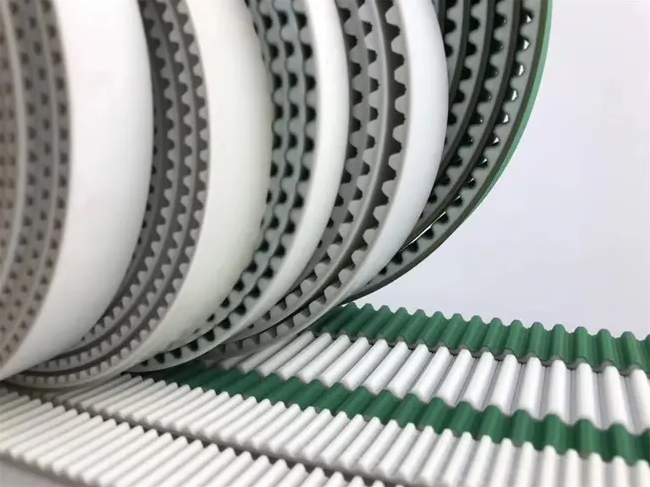
[Research results]
Case 1: There is no special requirement for the timing belt model (the load in a single area does not exceed 100kg).
In this case, we recommend using the standard type 2280 series timing pulley rollers of Damon Industrial. Timing belt pulley adopts "T5, 26 teeth" design, suitable for bandwidth 10mm, the main body is made of polymer plastic. Roller not only has high versatility and good performance but also is beautiful and economical.
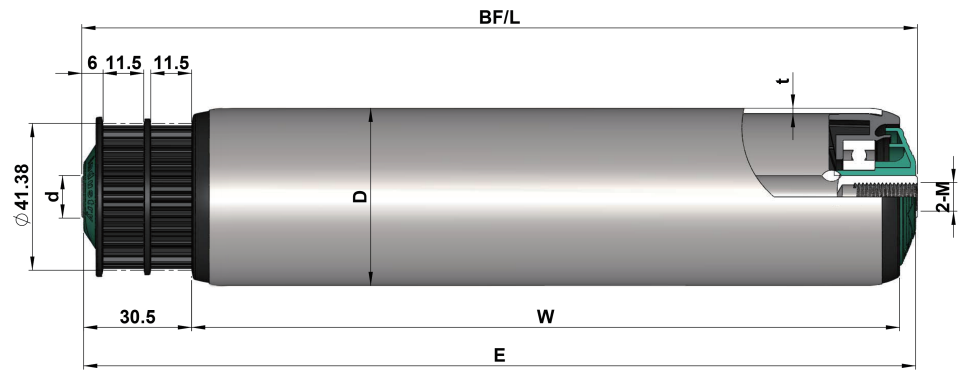
The roller center distance and the adapted timing belt type are shown in the following table.
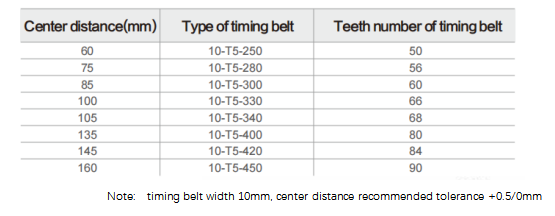
Case 2: For some reason, there are special requirements for timing belt type and non-T5 tooth shape
The solution is to customize the "steel timing belt pulley" according to the actual "type (tooth shape, number of teeth, bandwidth)" required, and to use a welding process to integrate the timingbelt pulley with the cylinder.
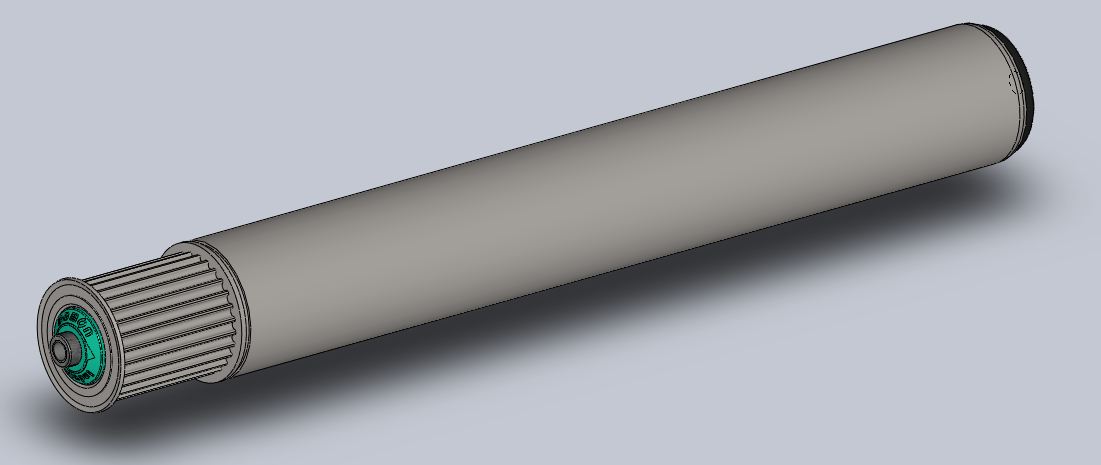
In this case, the roller center distance needs to be calculated by the customer himself according to the selected timing belt type, the designed number of teeth of the timing belt pulley and other elements to determine the final roller center distance.
In addition, incidentally, in the scheme of "steel timing belt wheel", when the surface treatment of the cylinder is "galvanized", the surface of the timing belt wheel is also galvanized; When the cylinder is stainless steel, the surface of timing belt wheel will be blackened.
OK, these are the results of the study on the application of "sprockets below the roller surface", I hope they will be helpful to you.
We will see you next time!
